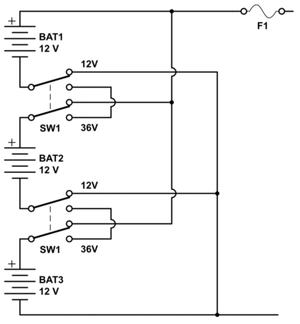Face it, the Internet we know today is slow and clunky. It’s getting better, but it’s still not the lightning-fast medium everyone wants, and the functionality is limited by the network pipelines. But all that could change with Internet2 — yes, that’s right, the Internet has a sequel.
A coalition of 170 universities, plus a few dozen corporations, is pooling its resources to build the Internet2 framework, which researchers are now using to develop a variety of futuristic, high-bandwidth applications. All told, spending on Internet2 by the universities and their corporate partners totals only about $80 million per year. Nowadays, that’s hardly enough money to get a medium-size network communications company off the ground, let alone build the broadband network infrastructure of tomorrow. But with lots of eager undergraduates and computer science grad students providing free or cheap labor, universities can do an awful lot of advanced development on relatively shoestring budgets.
Internet2 is built on a foundation of several networks capable of carrying data at dizzying speeds. For example, one of the Internet2 backbone networks, called Abilene, is composed of connections as fast as 2.5 gigabits per second. (For comparison, that’s equivalent to about 1,666 T-1 lines, a data rate 45,000 times faster than your 56-kbps modem.)
In addition to raw speed, Internet2 also includes support for Internet protocol version 6 (see last week’s Defogger column, “Ante Up: Why the Web Needs an Upgrade“), the ability to broadcast information efficiently to multiple recipients, and tools for guaranteeing that data is transferred at a certain quality of service (known as QoS to network engineers). That makes Internet2 an ideal test bed for broadband applications such as videoconferencing, real-time medical image transmission, and the like.
For example, research teams at Stanford University are using Internet2 to develop a variety of long-distance applications: a robotic helicopter that can be remotely controlled by spoken commands, a system for transmitting three-dimensional models of brain activity to remote locations, several videoconferencing courses involving students on multiple continents, and tools to allow surgeons to collaborate on operations happening thousands of miles away.
Other applications are in the works, some of them commercial. A startup company called Teleportec has developed a broadband conferencing system that produces the illusion of a three-dimensional hologram, so you can use the Net to project a ghostly image of yourself, Princess Leia-like, onto a specially equipped lectern. The governor of Texas, Rick Perry, recently used the system to address a crowd in Dallas without ever leaving his office in Austin, and British prime minister Tony Blair plans to use it to appear virtually at political rallies this summer. Because Teleportec’s system (which costs $70,000) is data-intensive, requiring 384 to 768 kbps of bandwidth, the Texas governor’s address last month was transmitted over the Internet2 network.
Will Internet2 supersede the current Internet? Not really. The purpose of Internet2 is somewhat like that of the space program: to produce lots of indirect benefits by funding primary research. So rather than actually building the next version of the Internet, Internet2 researchers hope to develop technologies and techniques that can later be applied to the public network by private enterprise and the government. If companies like Teleportec take that ball and run with it, the results may be truly amazing.
For more information and news on Internet2, see the Web Guide and www.internet2.edu.
Never miss a Defogger column. Sign up to have it delivered daily to your e-mail box. It’s for your own well-being.
Link: Round Two Is Coming for the Net
Link broken? Try the Wayback Machine.

